Probability - Stats Module 2
1/20
There's no tags or description
Looks like no tags are added yet.
Name | Mastery | Learn | Test | Matching | Spaced |
|---|
No study sessions yet.
21 Terms
population is known
probability is used to describe the likelihood of observing a particular sample outcome
population is unknown
probability is used in making statements about the makeup of the population
experiment
process by which an observation or measurement is obtained
simple event
outcome observed on A SINGLE REPETITION of an experiment. e.g. a tossed coin turns up heads
sample space
the set of all simple events, usually denoted by the symbol S
event
collection of simple events
mutually exclusive events
when one event occurs, the other cannot, and vice versa
table of outcomes
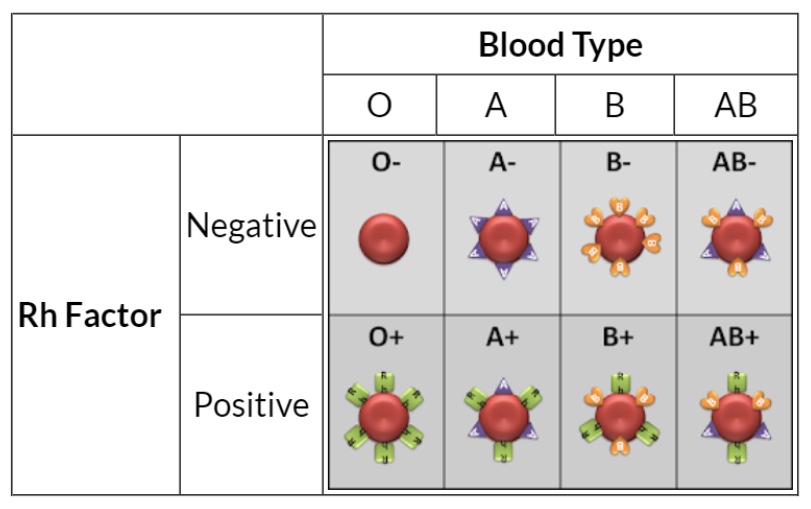
uniform probability model
P(A) = no. of simple events in A / no. of simple events in S
alternative:
in cases where the outcomes are not equally likely to occur, P(A) = P(A1) + P(A2) + … P(An)
basically if the simple events of A dont hold the same probability, just add the probabilities of individual simple events in A
union
denoted by A U B, is the event of one of the ff
A alone occurs
B alone occurs
both A and B occur
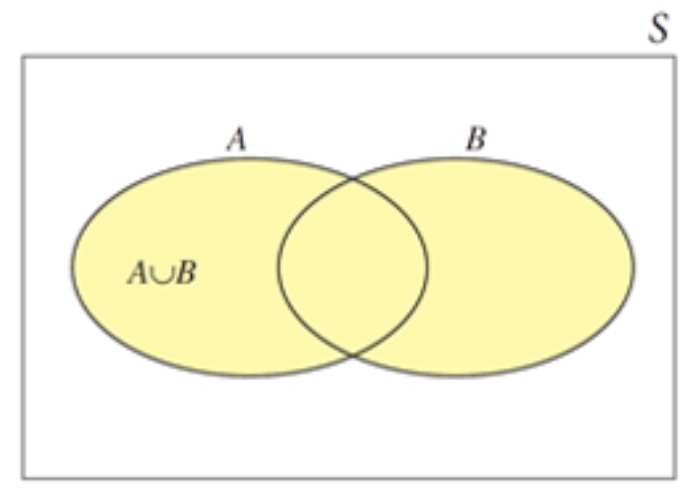
intersection
denoted by A ∩ B, is the event that BOTH A and B occur
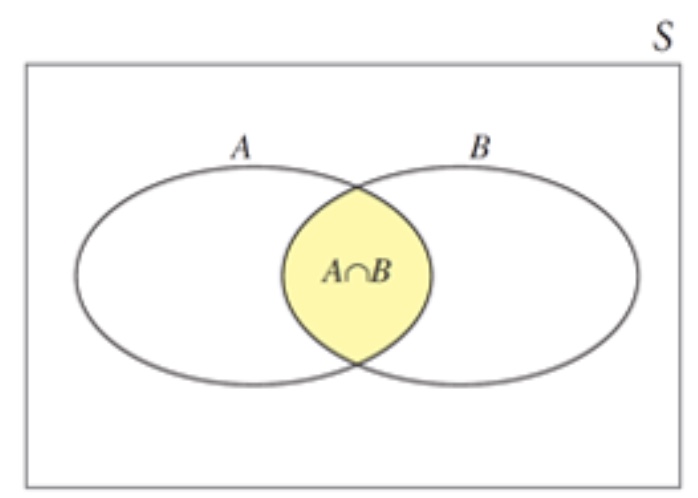
complement
denoted by Ac, is the event that A does NOT occur
note: it is not always the opposite. Be careful with determining the complement as it encompasses everything that happens when A does not happen. Sometimes, a simple negative, such as “does not” will do.
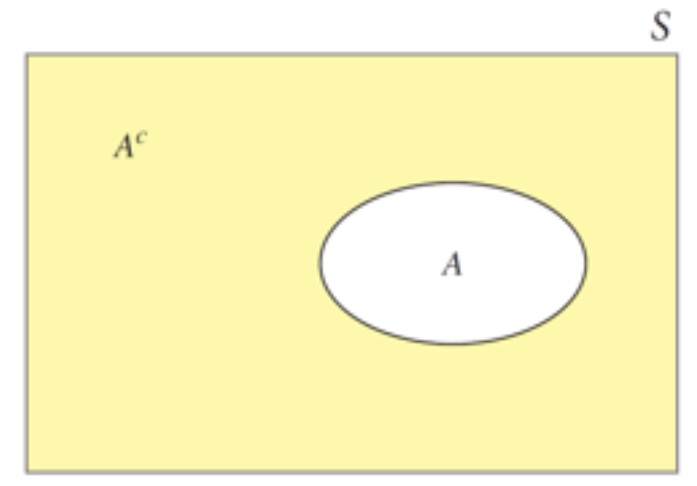
addition rule
Given two events, A and B, the probability of their union, A U B, is equal to
P (A U B) = P(A) + P(B) - P(A∩B)
complement rule
Given an event A, the probability of its complement AC, is equal to
P(AC) = 1 - P(A)
conditional probability
event A, GIVEN that a non-empty event B has occurred is
P (A | B) = P(A ∩ B) / P(B)
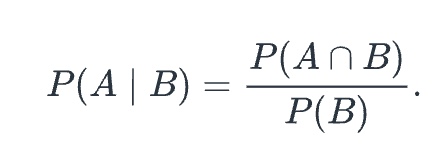
multiplication rule
P(A ∩ B) = P(A | B) P(B) or P(B | A) P(A)
ABB or BAA
independent events
if the probability of A does not change given B, and vice versa. Events that are not ____ are dependent.
if and only if P(A ∩ B) = P(A) P(B)

mutually independent
The events A1, A2, …An are _____ if each pair of events Ai and Aj are independent.
corollary 1
if two events A and B are independent, then A and BC; AC and B; AC and BC are independent.
corollary 2
The events A1, A2, … An are mutually independent if and only if P(A1, A2, …An) = P(A1) P(A2) … P(An)
mutually exclusive or disjoint
events cannot happen together when the experiment is performed. When A occurs, B cannot occur anymore, and conversely.
It follows that these are dependent.